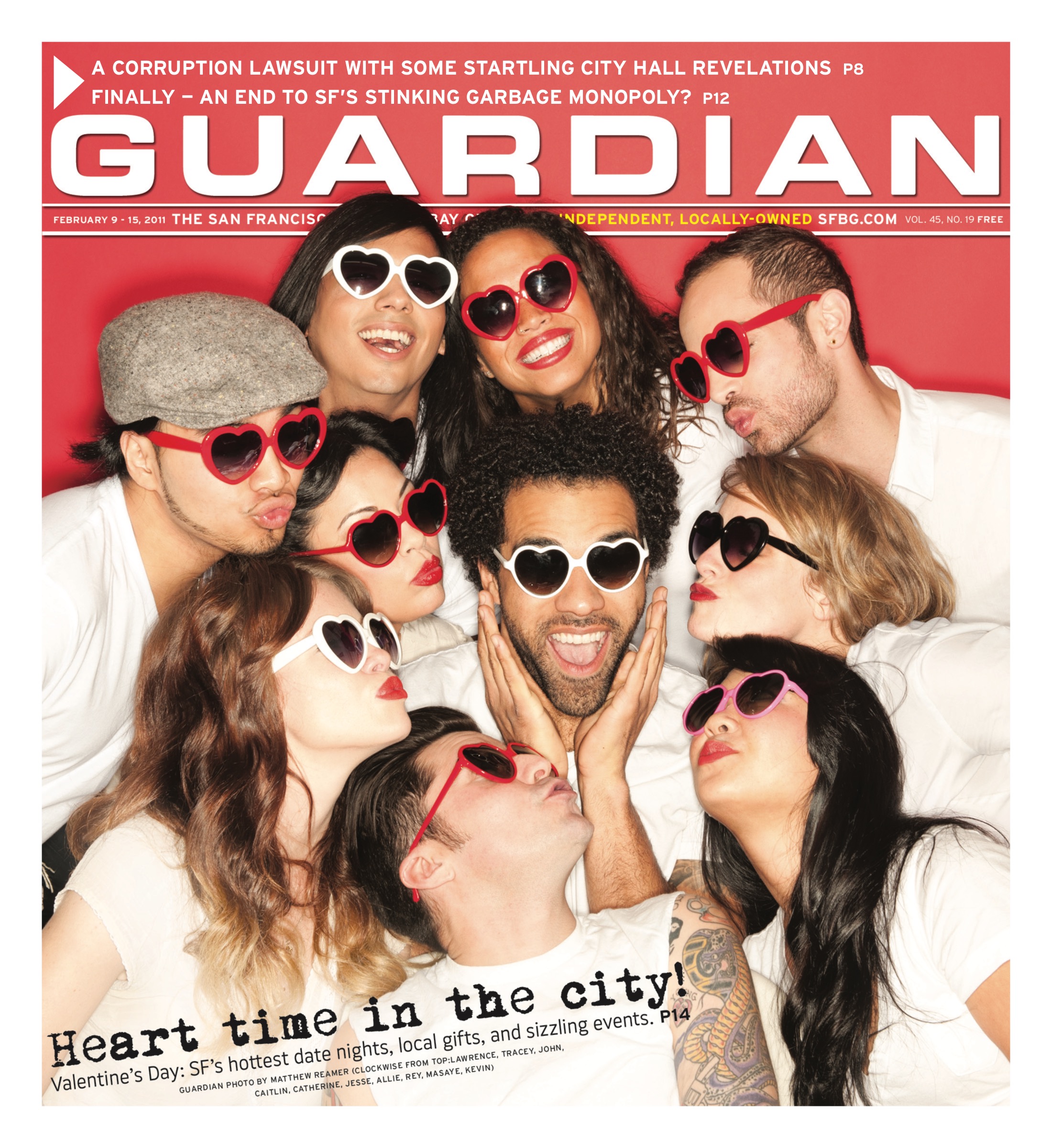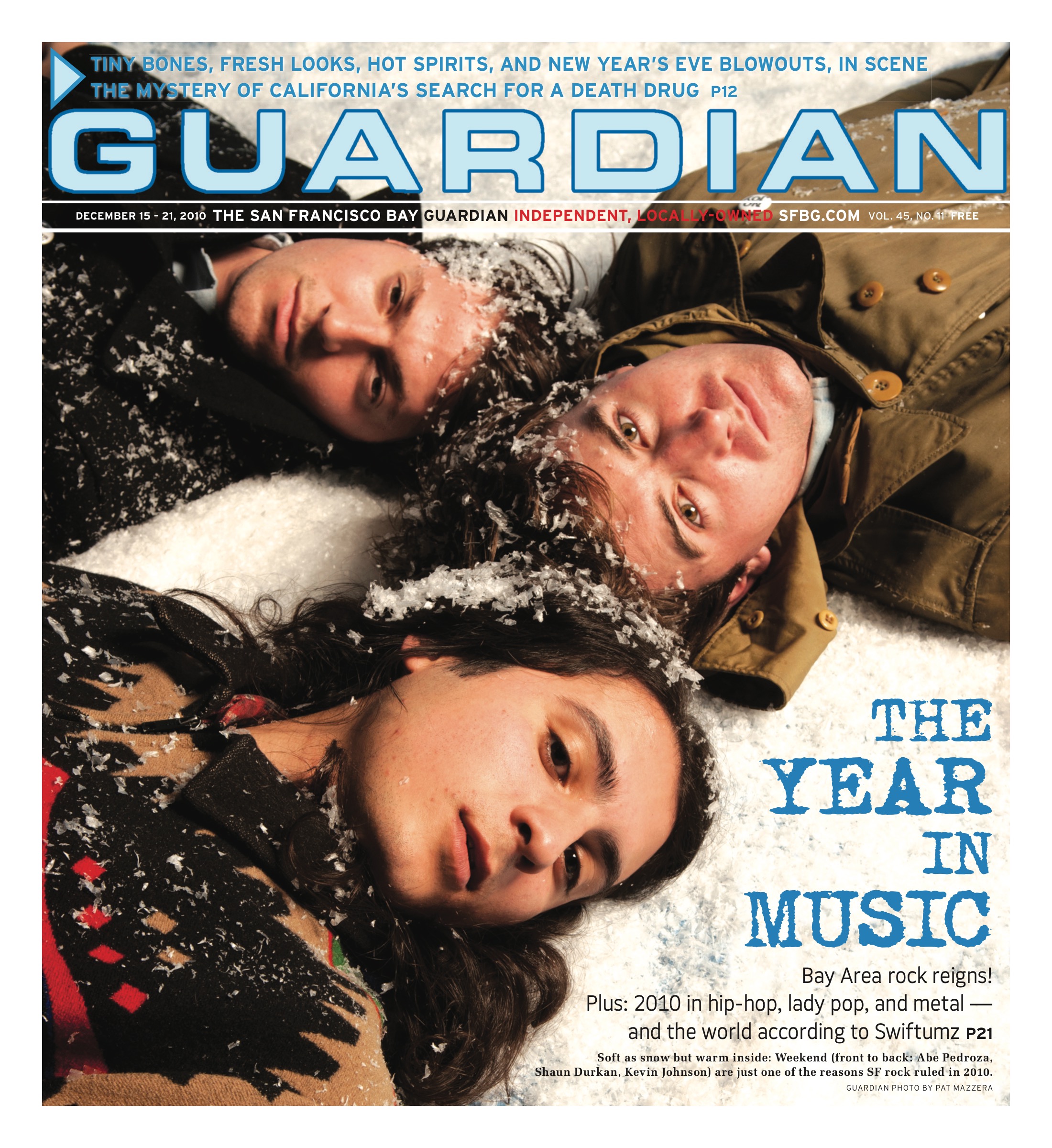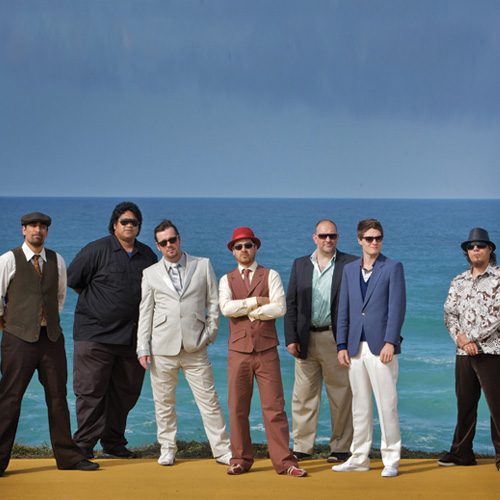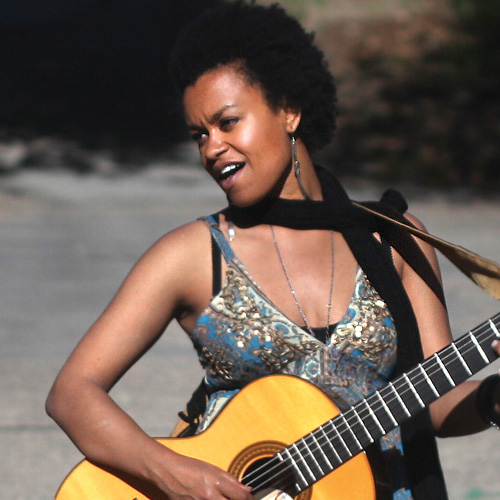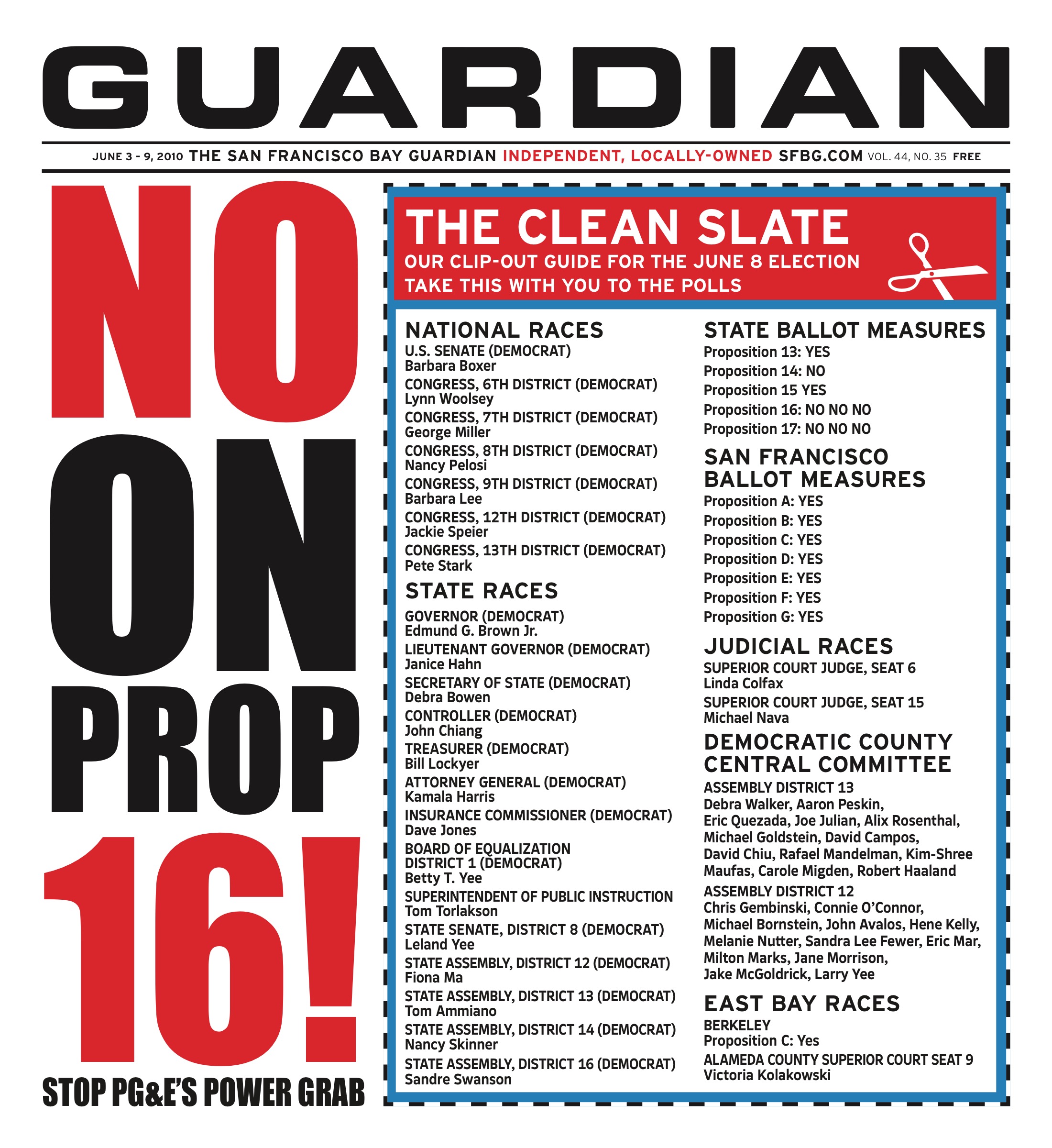MUSIC For a band with some of the horniest lyrics around, the members of Los Amigos Invisibles have remained remarkably faithful to one another. They’ve been together since the early 1990s, when they were teenagers rebelling against the goth- and rock-dominated Caracas music scene. It was then that these six amigos set out to make music with one purpose: to make people lose their shit on the dance floor. And 20 years later, they show no signs of being tardy for the party. We caught up with the group’s guitarist and main songwriter, Jose Luis Pardo, just after both he and Los Amigos Invisibles had released new albums.
SFBG A few weeks ago you guys released the seventh Los Amigos Invisibles studio album, Not So Commercial (Nacional Records), which is a follow-up to 2009’s Latin Grammy-winning Commercial.
JOSE LUIS PARDO/DJ AFRO Yeah it’s like a spin-off. Our intention with Commercial was to create an accessible pop album. But at the end we had all these extra tracks that were more trippy and not so pop. So we brought the idea of putting out an EP to Nacional Records and they were totally into it.
SFBG Did you have any clue when Los Amigos Invisibles first got together that it would be this kind of journey?
JLP Absolutely not. We were just having fun. But this year we’re turning 20, which is a miracle!
SFBG It’s almost unheard of that a band would stick together for that long and not take a break somewhere along the line.
JLP I know, I know, it’s crazy. We love it! But we’re old now, we don’t have that much hair anymore …
SFBG You still have a lot of hair, you’re DJ Afro after all!
JLP Ha, that’s right! We still love playing together. We don’t take it for granted. We were just an underground band in Caracas when David Byrne found us. After he put us on Luaka Bop we started touring the states. Our first plan was to move to San Francisco. But because the label was in New York City, we moved there and it’s been great. That was 2001, so we’ve been in the States for 10 years. We like it here!
SFBG And NYC’s winter isn’t cramping your tropical style?
JLP Not really. We go home to Venezuela on the holidays to get our beach fix.
SFBG Since you’re the principal songwriter of Los Amigos Invisibles, Julio Briceño (Los Amigos’s lead singer) has been your de facto muse for the past 20 years. He’s got that amazing machismo shtick when he’s performing. Just curious, is that a persona he takes on for the stage? Is it like his “Sasha Fierce,” or is that just who he is?
JLP It’s a little bit of both. He’s got a lot of charisma, but it’s kind of weird when people approach him off-stage because he can be shy and reserved too.
SFBG It must feel like you’re married to him because you’ve been together for so long …
JLP Exactly. We haven’t cheated on each other.
SFBG But just a few days ago you released your first solo album, Free (Nacional Records), where you worked with several other singers …
JLP Well, yes, Julio’s been my friend and my brother for all these years. So it was a challenge to write for new people. It was a totally new experience. But getting out of my element was awesome. Right after we finished Commercial I wanted to keep recording. Before that I’d always done remixes and a lot of work on the Los Amigos albums, but the thought of doing my own album never crossed my mind. I don’t like being the front man of anything. I like being part of a group.
LOS AMIGOS INVISIBLES
With Trombone Shorty and Orleans Avenue
Fri/11, 9 p.m.; $25–$35
The Fillmore
1805 Geary, SF
(415) 346-3000
www.thefillmore.com

